

Articles
What Is An Integral Sink
Modified: September 1, 2024
Discover the benefits of integrating a sink into your countertop with our informative articles. Explore design ideas, installation tips, and maintenance techniques for integral sinks.
(Many of the links in this article redirect to a specific reviewed product. Your purchase of these products through affiliate links helps to generate commission for Storables.com, at no extra cost. Learn more)
Introduction
An integral sink, also known as a seamless sink or integrated sink, is a modern and stylish addition to any kitchen or bathroom. Unlike traditional sinks that are mounted separately, an integral sink is seamlessly fused into the countertop, creating a sleek and harmonious look.
The concept of integral sinks originated from the desire to achieve a seamless and clean aesthetic in kitchen and bathroom designs. With an integral sink, there are no visible edges or crevices where dirt and grime can accumulate, making it easier to clean and maintain. This makes integral sinks not only visually appealing but also highly functional.
Integral sinks can be made from a variety of materials such as stainless steel, granite, quartz, or solid surface materials like Corian. These materials are durable, resistant to staining, and offer a wide range of design options to suit any style or preference. Whether you prefer a modern, minimalist design or a more traditional and elegant look, there is an integral sink available to enhance the overall aesthetic of your space.
In this article, we will explore the advantages and disadvantages of integral sinks, the different materials used to create them, the various styles available, the installation process, and how to properly maintain and care for your integral sink.
If you are considering a kitchen or bathroom renovation or simply want to upgrade your current sink, understanding the ins and outs of integral sinks will help you make an informed decision and achieve the look and functionality you desire.
Key Takeaways:
- Seamless integration: Integral sinks offer a sleek and modern design, seamlessly blending into the countertop for a visually appealing and easy-to-clean solution in kitchens and bathrooms.
- Material variety: From stainless steel to marble, integral sinks provide a range of durable and stylish options, allowing homeowners to customize their sink to fit their specific design preferences and functional needs.
Read more: What Is An Integral Apron Bathtub
Definition of an Integral Sink
An integral sink is a type of sink that is seamlessly integrated into the countertop, creating a smooth and continuous surface. Unlike traditional drop-in or undermount sinks, which are installed separately and have visible edges, an integral sink is designed to blend seamlessly with the surrounding countertop material.
The integration of the sink into the countertop creates a sleek and modern look, as there are no visible seams or edges. This not only enhances the aesthetics of the sink but also makes cleaning and maintenance easier, as there are no crevices for dirt and debris to accumulate.
Integral sinks can be made from a variety of materials, including stainless steel, granite, quartz, or solid surface materials like Corian. The choice of material depends on personal preference, budget, and the overall design aesthetic of the kitchen or bathroom.
One of the defining features of an integral sink is its seamless construction. The sink and the countertop are fabricated from the same material, ensuring a smooth and cohesive surface. This seamless integration not only adds to the visual appeal but also adds durability and strength to the sink.
An integral sink can come in various shapes and sizes to suit different design preferences and functional needs. From single-bowl to double-bowl configurations, the options are vast, allowing homeowners to customize their sink to fit their specific requirements.
Overall, an integral sink provides a seamless and visually appealing solution for those looking to enhance their kitchen or bathroom with a modern and elegant touch. With its sleek design, durability, and easy maintenance, an integral sink is a popular choice among homeowners and designers alike.
Advantages of Integral Sinks
Integral sinks offer several advantages that make them a popular choice for kitchen and bathroom designs. Here are some of the key benefits:
- Sleek and seamless design: One of the main advantages of integral sinks is their seamless integration into the countertop. This creates a smooth and uninterrupted surface, making the sink visually appealing and enhancing the overall aesthetic of the space. The absence of visible edges or seams gives the sink a modern and minimalist look.
- Easier cleaning and maintenance: The seamless construction of integral sinks eliminates the need for cleaning hard-to-reach areas where dirt, grime, and bacteria can accumulate. With no crevices or seams, integral sinks are easy to clean and maintain, requiring less effort and time compared to traditional sinks.
- Durability and strength: Integral sinks are made from durable materials like stainless steel, granite, quartz, or solid surface materials. These materials are resistant to scratches, stains, and heat, making integral sinks highly durable and long-lasting. They can withstand heavy daily use without wear and tear, ensuring a sink that will serve you well for years to come.
- Customization options: Integral sinks offer a range of customization options to suit different design preferences. They come in various shapes, sizes, and configurations, allowing you to choose the perfect fit for your kitchen or bathroom. Whether you prefer a single-bowl or double-bowl sink, or a specific shape like a square or a curved design, integral sinks can be customized to meet your specific needs.
- Seamless integration with the countertop: The seamless construction of integral sinks creates a cohesive and integrated look with the countertop. This not only enhances the visual appeal but also adds structural strength to the sink. The absence of seams and edges also prevents water and debris from getting trapped, ensuring a hygienic and clean sink.
Overall, integral sinks offer a combination of style, functionality, and durability. Their seamless design, easy maintenance, and customization options make them an ideal choice for homeowners looking to elevate the look and functionality of their kitchen or bathroom.
Disadvantages of Integral Sinks
While integral sinks offer many advantages, there are also a few potential disadvantages to consider before choosing this type of sink for your kitchen or bathroom. Here are some of the main drawbacks:
- Difficult to repair: Unlike traditional drop-in or undermount sinks, integral sinks are not easily replaceable or repairable. If the sink becomes damaged or cracked, it may require replacing the entire countertop along with the sink. This can be a costly and time-consuming process.
- Less flexibility in design: Integral sinks are designed to be seamlessly integrated into the countertop, which means they have less flexibility in terms of design. If you want to change the sink style or size in the future, it may require replacing the entire countertop as well.
- Limited material options: While there are various materials available for integral sinks, the choices may be more limited compared to standalone sinks. Some materials may not be suitable for the seamless integration required for an integral sink, limiting the options available for customization.
- Higher cost: Integral sinks tend to be more expensive compared to traditional standalone sinks. The cost includes not only the sink itself but also the fabrication and installation of the countertop. The seamless integration and customization options contribute to the higher price tag.
- Potential for water damage: Since integral sinks are integrated into the countertop, any leakage or water damage could potentially affect the entire countertop structure. It is crucial to ensure proper installation and regular maintenance to prevent water-related issues.
Despite these disadvantages, many homeowners appreciate the seamless design and streamlined look that integral sinks offer. It’s important to carefully consider these drawbacks and weigh them against the benefits to determine if an integral sink is the right choice for your kitchen or bathroom.
Materials Used for Integral Sinks
Integral sinks can be crafted from a variety of materials, each offering unique characteristics and aesthetic appeal. Here are some of the commonly used materials for integral sinks:
- Stainless Steel: Stainless steel is a popular choice for integral sinks due to its durability and sleek appearance. It is resistant to corrosion, heat, and staining, making it an excellent option for both kitchen and bathroom sinks. Stainless steel integral sinks are easy to clean and maintain, and they can seamlessly blend with any countertop material.
- Granite: Granite is a natural stone known for its beauty, strength, and heat resistance. Granite integral sinks are highly durable and can withstand heavy daily use. They add a touch of elegance and sophistication to any kitchen or bathroom design. However, granite sinks require regular sealing to maintain their appearance and protect against stains.
- Quartz: Quartz composite materials are engineered to be durable, non-porous, and resistant to scratches and stains. Integral sinks made from quartz offer a wide range of color options and can seamlessly integrate into quartz countertops for a cohesive look. Quartz sinks are low maintenance and can withstand the rigors of daily use.
- Solid Surface: Solid surface materials like Corian are synthetic composites that are durable, non-porous, and easy to maintain. Integral sinks made from solid surface materials can be seamlessly integrated into the countertop, creating a cohesive and consistent appearance. They are available in a variety of colors and patterns to suit different design preferences.
- Marble: Marble is a luxurious and elegant natural stone that adds a touch of sophistication to any space. Integral sinks made from marble offer a timeless and classic look. However, marble is a porous material that requires regular sealing and gentle care to prevent staining and etching from acidic substances.
These are just a few examples of the materials commonly used for integral sinks. When choosing a material, consider factors such as durability, maintenance requirements, and how well it complements the overall design of your kitchen or bathroom. Consulting with a professional can help you select the material that best suits your needs and preferences.
When choosing an integral sink for your kitchen or bathroom, consider the material, size, and style that best fits your needs and complements your space. Stainless steel and porcelain are popular options for their durability and easy maintenance.
Read more: What Is An Integrated LED Bulb
Different Styles of Integral Sinks
Integral sinks come in various styles, allowing you to choose the one that best suits your aesthetic preferences and functional needs. Here are some of the different styles of integral sinks:
- Single-Bowl: Single-bowl integral sinks feature a single basin, providing a spacious sink for various tasks. This style is ideal for smaller kitchens or bathrooms where space may be limited.
- Double-Bowl: Double-bowl integral sinks consist of two separate basins, offering added functionality and versatility. You can use one basin for washing dishes and the other for food preparation or soaking. This style is popular in larger kitchens or busy households where multiple tasks are carried out simultaneously.
- Farmhouse: Farmhouse integral sinks, also known as apron-front sinks, have a distinctive exposed front panel that protrudes slightly beyond the countertop edge. This style adds a rustic and charming touch to the kitchen and is often associated with farmhouse or country-inspired designs.
- Undermount: Undermount integral sinks are installed beneath the countertop, creating a clean and streamlined look. This style allows for easy countertop cleanup without the obstruction of a sink rim. Undermount sinks are versatile and can complement various kitchen or bathroom styles.
- Vessel: Vessel integral sinks are designed to sit on top of the countertop, creating a dramatic and eye-catching focal point. This style is commonly used in modern or contemporary designs and adds a touch of elegance and sophistication to the space.
- Built-In Drainboard: Some integral sinks feature a built-in drainboard, which is an extended surface adjacent to or integrated into the sink. The drainboard provides a convenient space for drying dishes or prepping food, eliminating the need for a separate dish rack.
These are just a few examples of the different styles of integral sinks available. When choosing a style, consider factors such as your design preferences, the available space, and the functionality you desire. It’s important to select a style that not only complements your overall design but also meets your practical needs in the kitchen or bathroom.
Installation Process for Integral Sinks
The installation process for integral sinks involves several steps to ensure a seamless and secure integration with the countertop. While it is recommended to hire a professional for installation, here is an overview of the general installation process:
- Measurements and Preparation: The first step in the installation process is to take accurate measurements of the sink area and the countertop. This ensures that the sink will fit properly and align with the surrounding features. The countertop may need to be cut or modified to accommodate the sink.
- Cutout Creation: Once the measurements are taken, a cutout is created in the countertop to accommodate the sink. This involves using appropriate tools and techniques to carefully cut the hole with precision. The cutout should match the shape and size of the sink.
- Sealing and Bonding: Before installing the sink, the edges of the cutout and the bottom of the sink are sealed to prevent water leakage. Adhesive or epoxy is then applied to securely bond the sink to the countertop. This ensures a tight and waterproof seal.
- Sink Placement: The sink is carefully set into the cutout, ensuring that it fits snugly and aligns with the surrounding countertop. It is important to ensure that the sink is level and properly positioned before proceeding to the next step.
- Seam Finishing: If necessary, the seams between the sink and the countertop are filled and finished to create a seamless and smooth appearance. This involves using specialized materials and tools to achieve a cohesive and integrated look.
- Final Adjustment: Once the sink is in place, any necessary adjustments are made to ensure that it is level and properly aligned. This may involve tightening screws or making minor modifications to achieve a perfect fit.
- Sealing and Plumbing Connection: Once the sink is securely installed, the edges and seams are sealed to prevent water leakage. The plumbing connections are then made, ensuring that the sink is properly connected to the water supply and drainage system.
It is important to follow the manufacturer’s instructions and consult with a professional installer for the specific requirements of your integral sink. Proper installation is crucial to ensure the longevity, functionality, and visual appeal of your integral sink.
Maintenance and Care of Integral Sinks
Proper maintenance and care of integral sinks are essential to keep them clean, functional, and looking their best. Here are some tips for maintaining and caring for your integral sink:
- Regular Cleaning: It is important to clean your integral sink regularly to prevent the buildup of dirt, stains, and bacteria. Use a mild soap or a non-abrasive cleaner and a soft cloth or sponge to wipe the sink surface. Avoid using abrasive cleaners or harsh chemicals that can damage the sink material.
- Avoiding Scratches and Impact: Protect your integral sink from scratches by using cutting boards and avoiding contact with sharp objects. Be cautious when handling heavy cookware or utensils to prevent damage or impact to the sink surface.
- Preventing Stains: Certain substances like coffee, tea, fruit juices, or acidic foods can cause stains on the sink surface. Wipe up spills immediately to prevent staining. For more stubborn stains, you can use a gentle cleanser specifically formulated for the sink material and follow the manufacturer’s instructions.
- Keeping the Sink Dry: After each use, dry the sink with a clean cloth or towel to prevent water spots and mineral buildup. This is especially important for materials like stainless steel or chrome, which can show water spots more easily.
- Preventing Hard Water Deposits: If you live in an area with hard water, mineral deposits can accumulate on your sink surface over time. Regularly clean your sink with a mixture of water and vinegar or a non-abrasive descaler to remove any buildup from hard water.
- Avoiding Harsh Chemicals: Harsh chemicals like bleach or ammonia can damage the finish of your integral sink. Avoid using these chemicals and opt for mild, non-abrasive cleaners specifically designed for your sink material.
- Regular Inspections: Periodically inspect your integral sink for any signs of leaks, cracks, or damage. If you notice any issues, it is important to address them promptly to prevent further damage and ensure the longevity of your sink.
By following these maintenance and care tips, you can keep your integral sink looking beautiful and functioning effectively for years to come. Remember to refer to the manufacturer’s instructions for specific recommendations and guidelines based on the material of your integral sink.
Cost of Integral Sinks
The cost of integral sinks can vary depending on several factors, including the material used, the size and style of the sink, and the complexity of the installation. Here are some factors to consider when estimating the cost of an integral sink:
- Material: The material of the integral sink plays a significant role in determining its cost. Stainless steel sinks are generally more affordable compared to high-end materials like granite or quartz. Solid surface materials like Corian may fall within a moderate price range.
- Size and Style: The size and style of the integral sink can influence its cost. Larger sinks or those with unique features, such as built-in drainboards or intricate designs, are likely to be more expensive compared to standard, single-bowl sinks.
- Customization: If you require customizations or modifications to the sink, such as a non-standard shape or size, it may incur additional costs. Customizations often involve more labor and can impact the overall price of the sink.
- Installation: The cost of installing an integral sink can vary depending on factors such as the complexity of the installation and the expertise of the installer. It is recommended to hire a professional for the installation to ensure proper fit and functionality, which may incur additional costs.
- Brand and Quality: The brand and overall quality of the integral sink can also affect its cost. Higher-end brands that offer superior quality and durability may come with a higher price tag compared to lesser-known brands or lower-quality options.
- Additional Features: Some integral sinks may come with additional features or accessories, such as cutting boards, colanders, or grid racks, which can increase the overall cost.
It’s important to consider your budget and priorities when selecting an integral sink. While higher-quality materials and additional features may come with a higher cost, they can also offer better durability, functionality, and visual appeal in the long run.
On average, the cost of an integral sink can range anywhere from a few hundred dollars to several thousand dollars, depending on the factors mentioned above. It is recommended to research different options, compare prices, and consult with professionals to get an accurate estimate based on your specific requirements and preferences.
Read more: What Is A Sink
Conclusion
Integral sinks offer a seamless and modern solution for kitchens and bathrooms, providing a sleek and visually appealing design. With their seamless integration into the countertop, integral sinks create a clean and cohesive look that enhances the overall aesthetic of the space.
There are many advantages to choosing an integral sink. Their seamless design not only adds to the visual appeal but also makes cleaning and maintenance easier. With no visible edges or crevices, integral sinks are highly functional and prevent the accumulation of dirt and grime.
Integral sinks can be made from various materials, including stainless steel, granite, quartz, and solid surface materials such as Corian. Each material offers its own unique benefits and aesthetics, allowing homeowners to select the option that best fits their preferences and design style.
From single-bowl to double-bowl configurations, farmhouse to vessel styles, there are different options to suit different needs and design preferences. Integral sinks can be customized to fit the size and shape requirements of your space, adding versatility and functionality to your kitchen or bathroom.
While integral sinks have many advantages, there are also a few potential drawbacks to consider, such as the difficulty of repair and limited flexibility in design. Additionally, the cost of integral sinks can vary depending on factors such as the material used, size, style, and installation requirements.
Proper maintenance and care are crucial for keeping your integral sink in top condition. Regular cleaning, avoiding scratches and impact, and preventing stains are some of the key steps to ensure the longevity and beauty of your sink.
In conclusion, integral sinks offer a seamless and stylish solution for kitchens and bathrooms. Their sleek design, easy maintenance, and customization options make them a popular choice among homeowners and designers. By considering the advantages, disadvantages, materials, styles, installation process, and maintenance requirements, you can make an informed decision and choose an integral sink that best suits your needs and enhances the overall look and functionality of your space.
Frequently Asked Questions about What Is An Integral Sink
Was this page helpful?
At Storables.com, we guarantee accurate and reliable information. Our content, validated by Expert Board Contributors, is crafted following stringent Editorial Policies. We're committed to providing you with well-researched, expert-backed insights for all your informational needs.
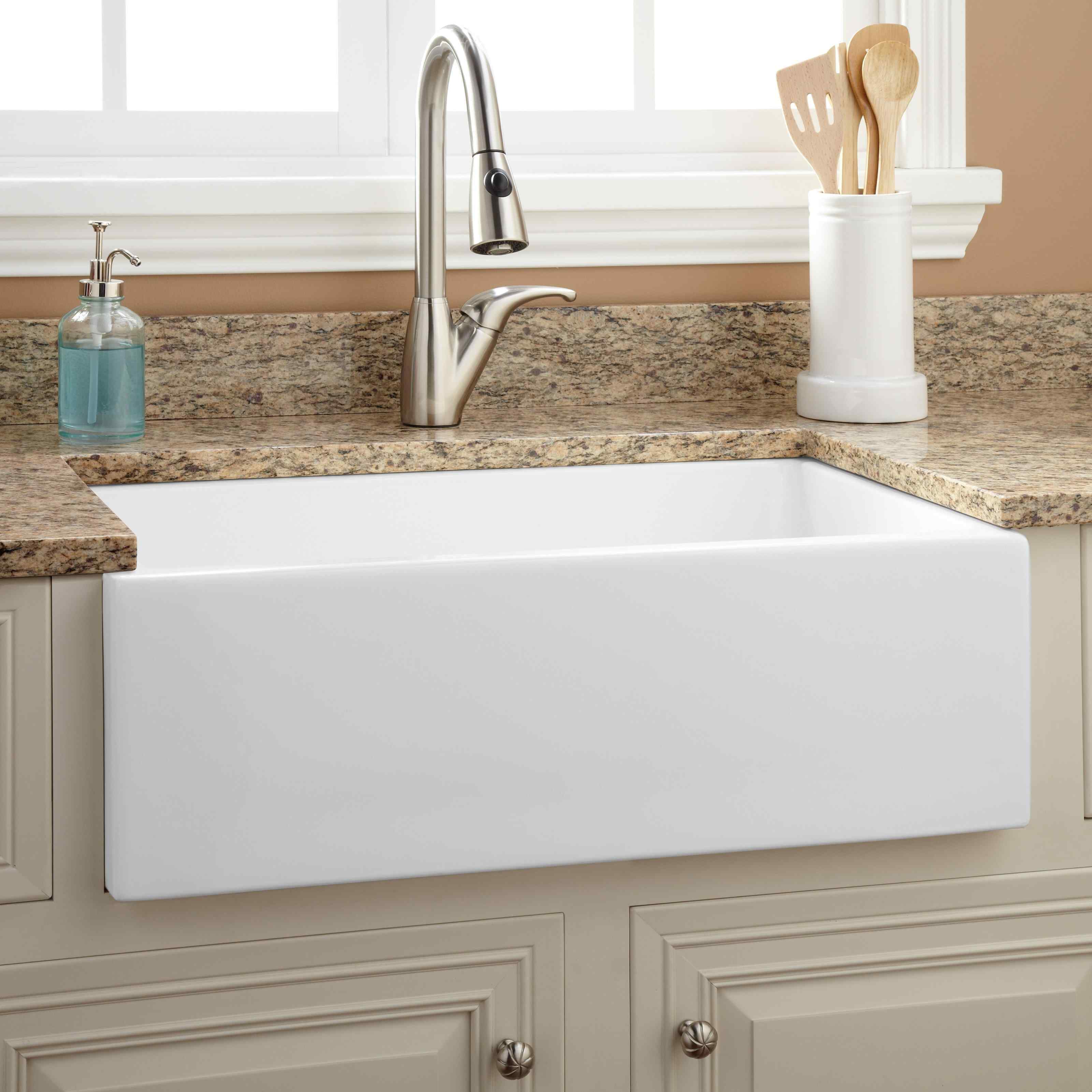
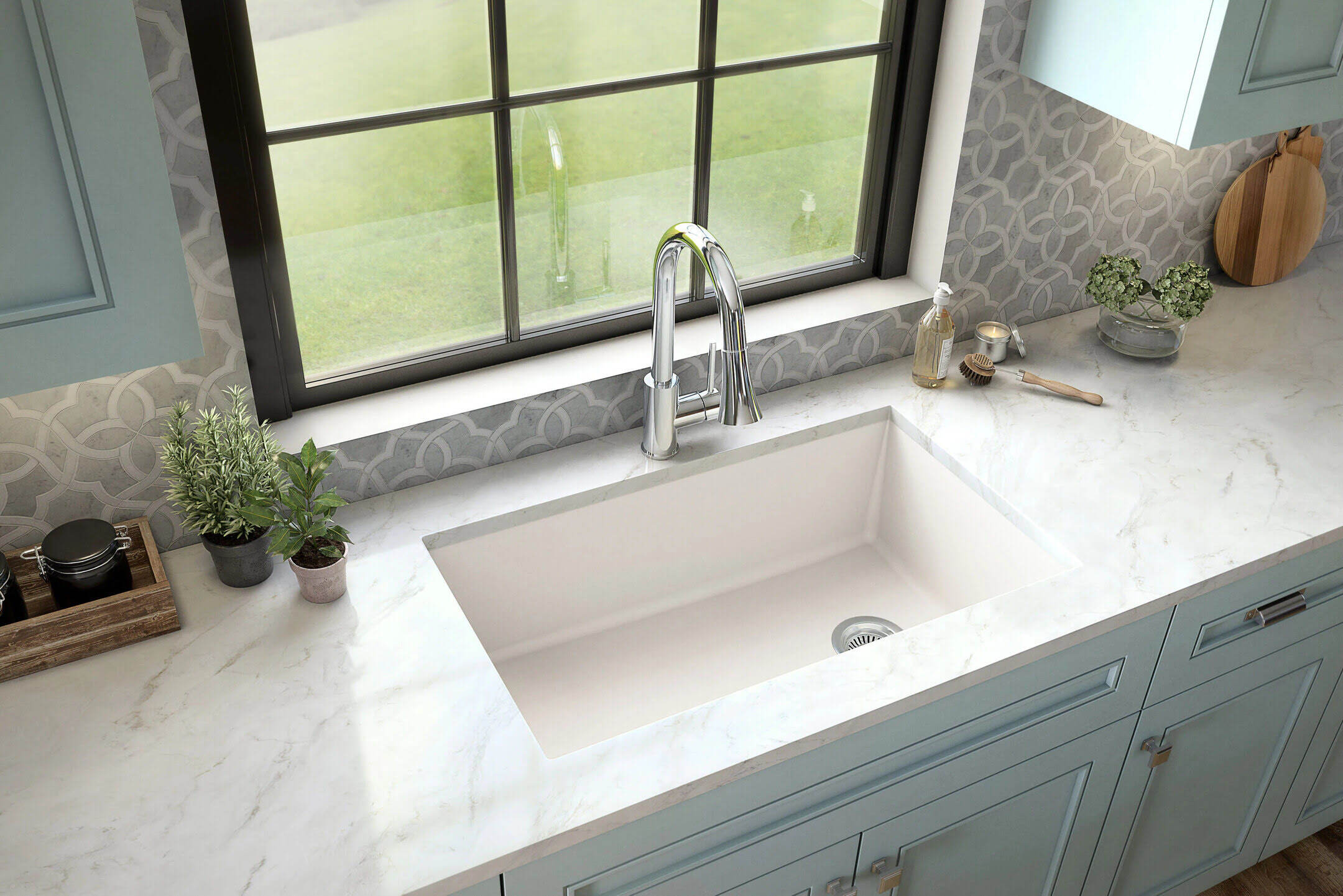
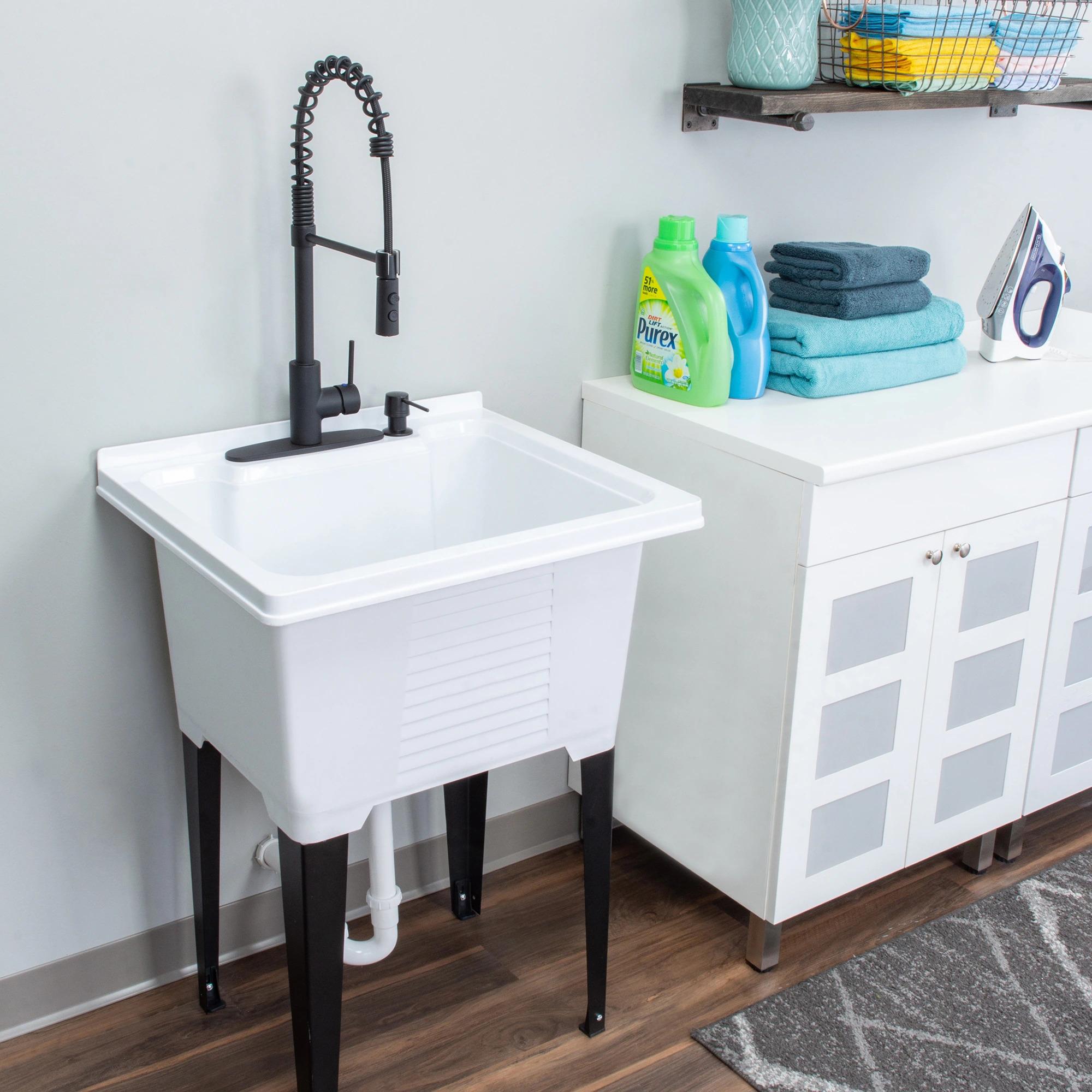
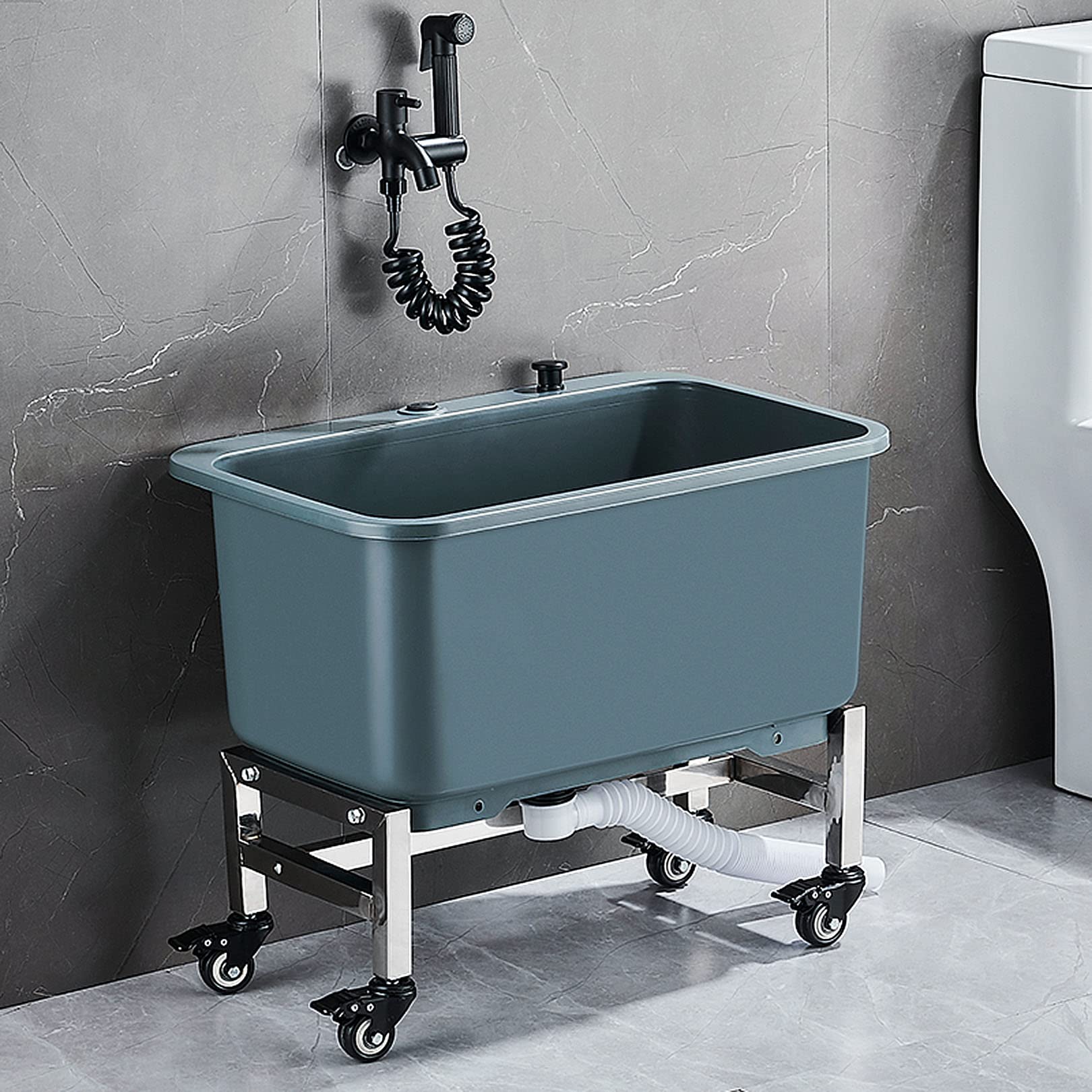

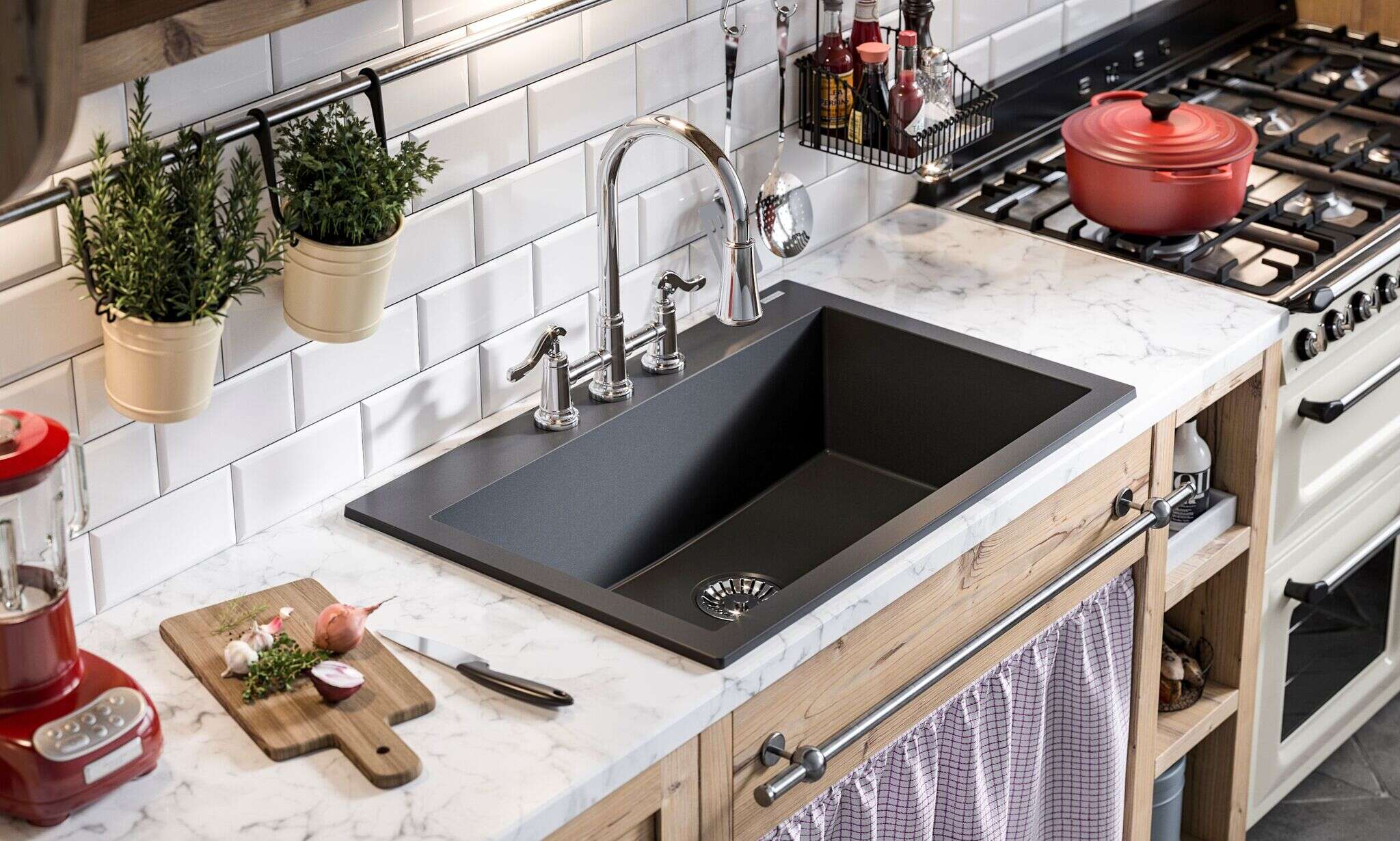
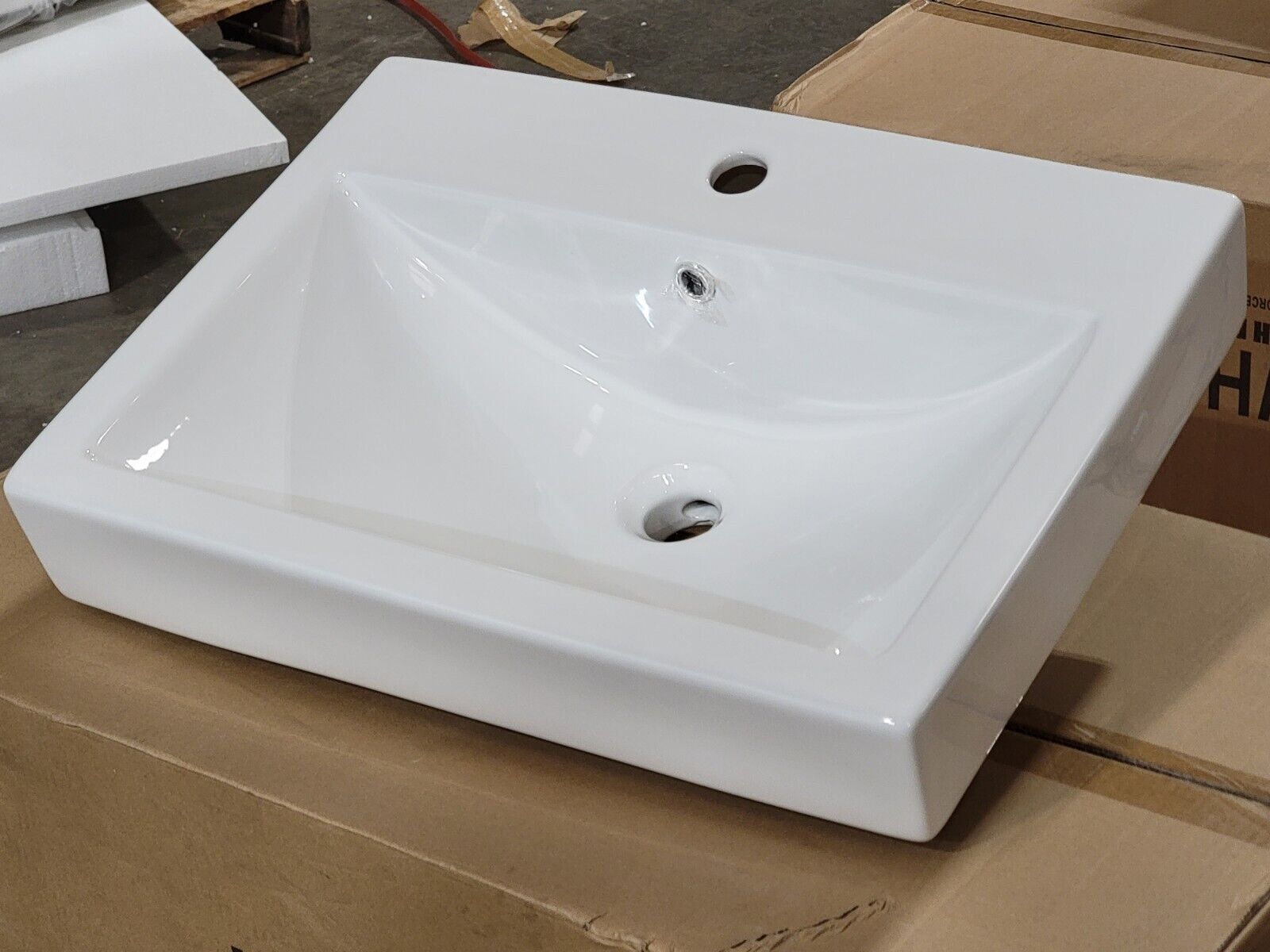
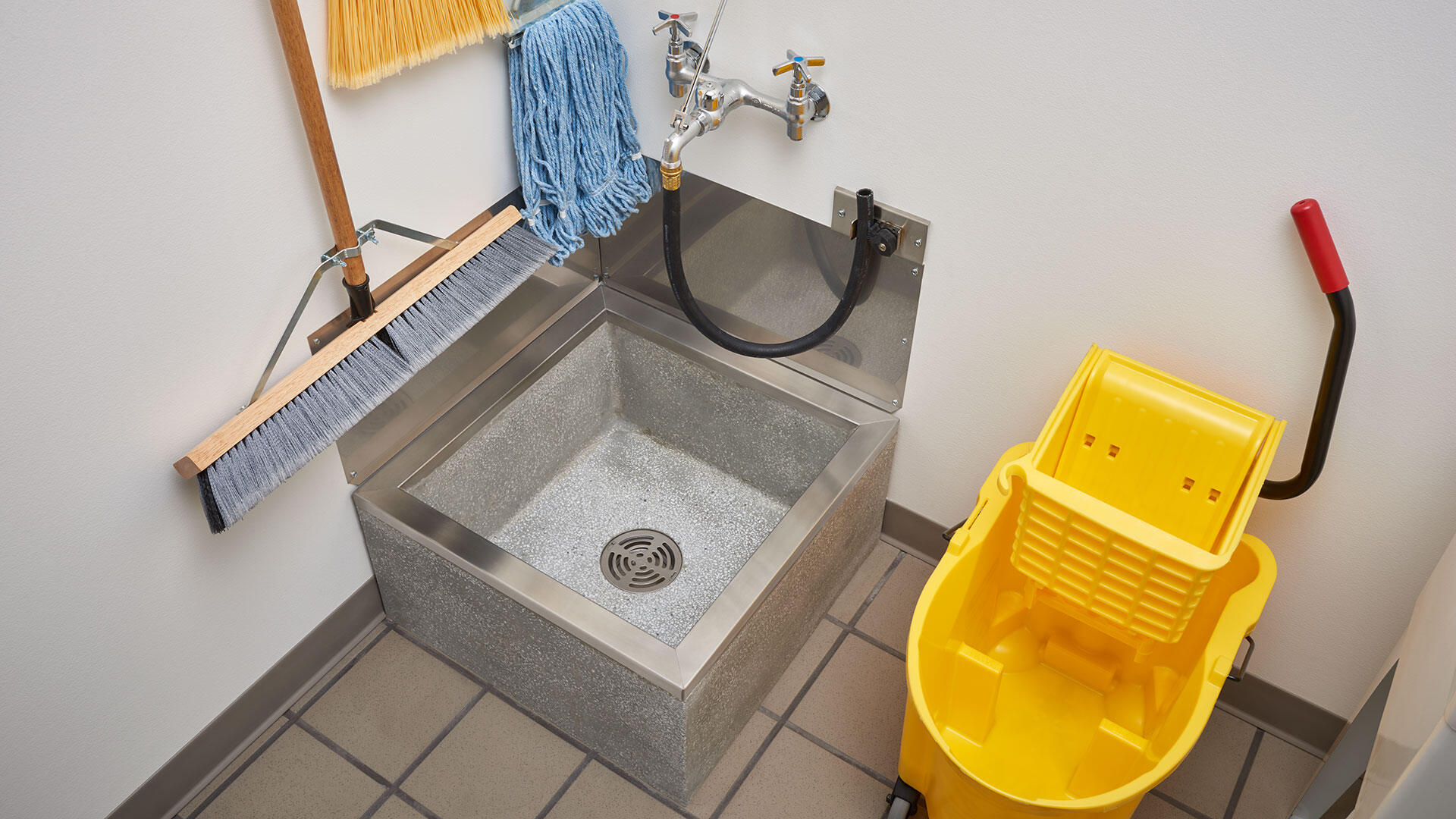
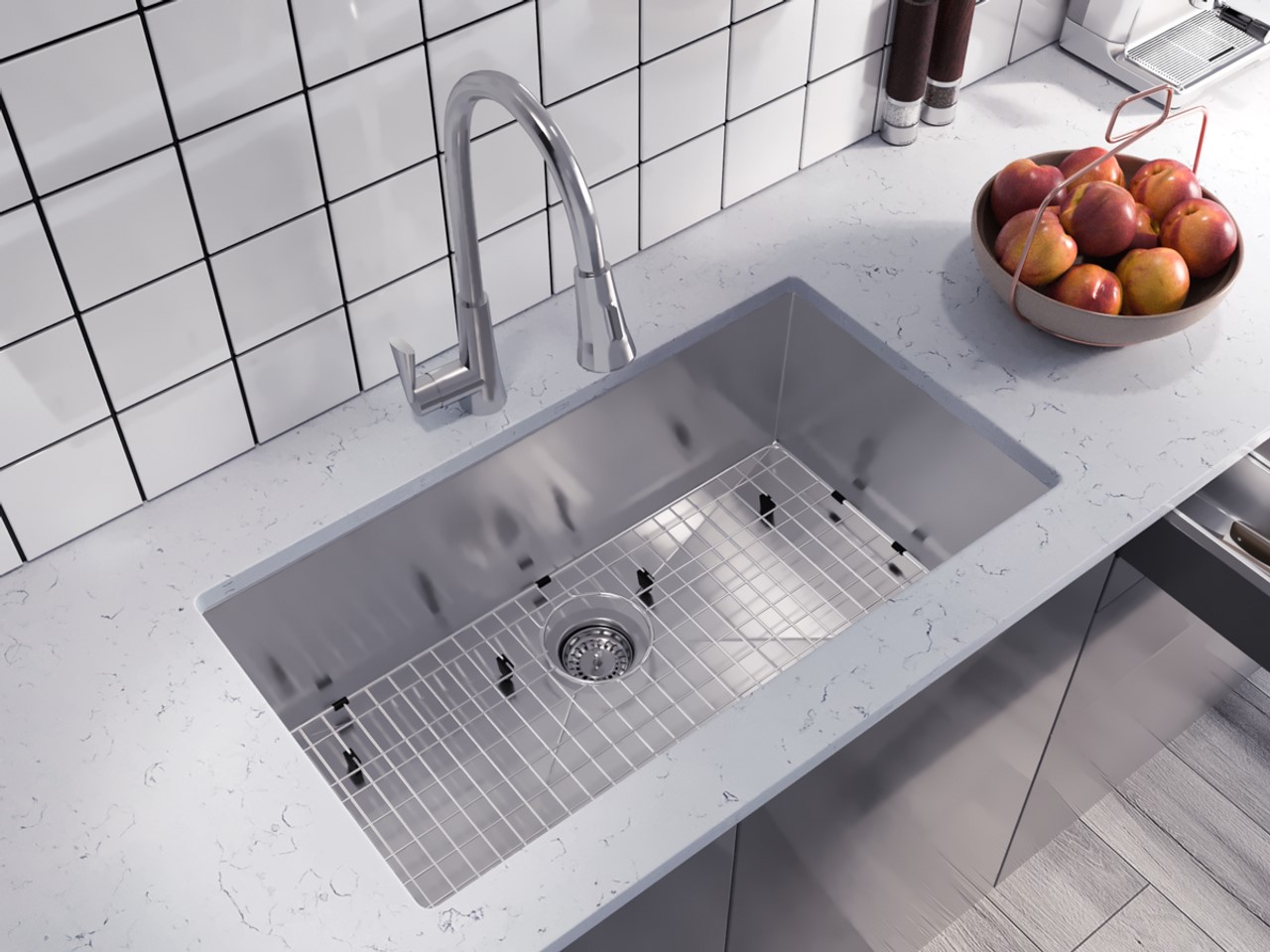

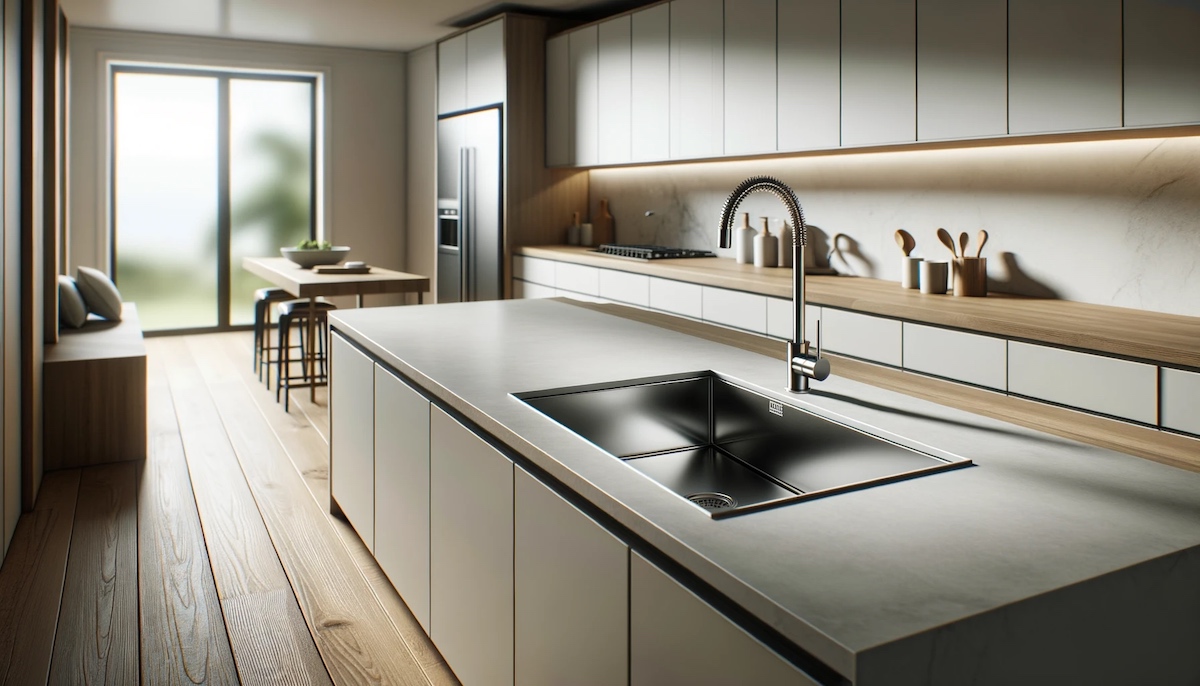



0 thoughts on “What Is An Integral Sink”